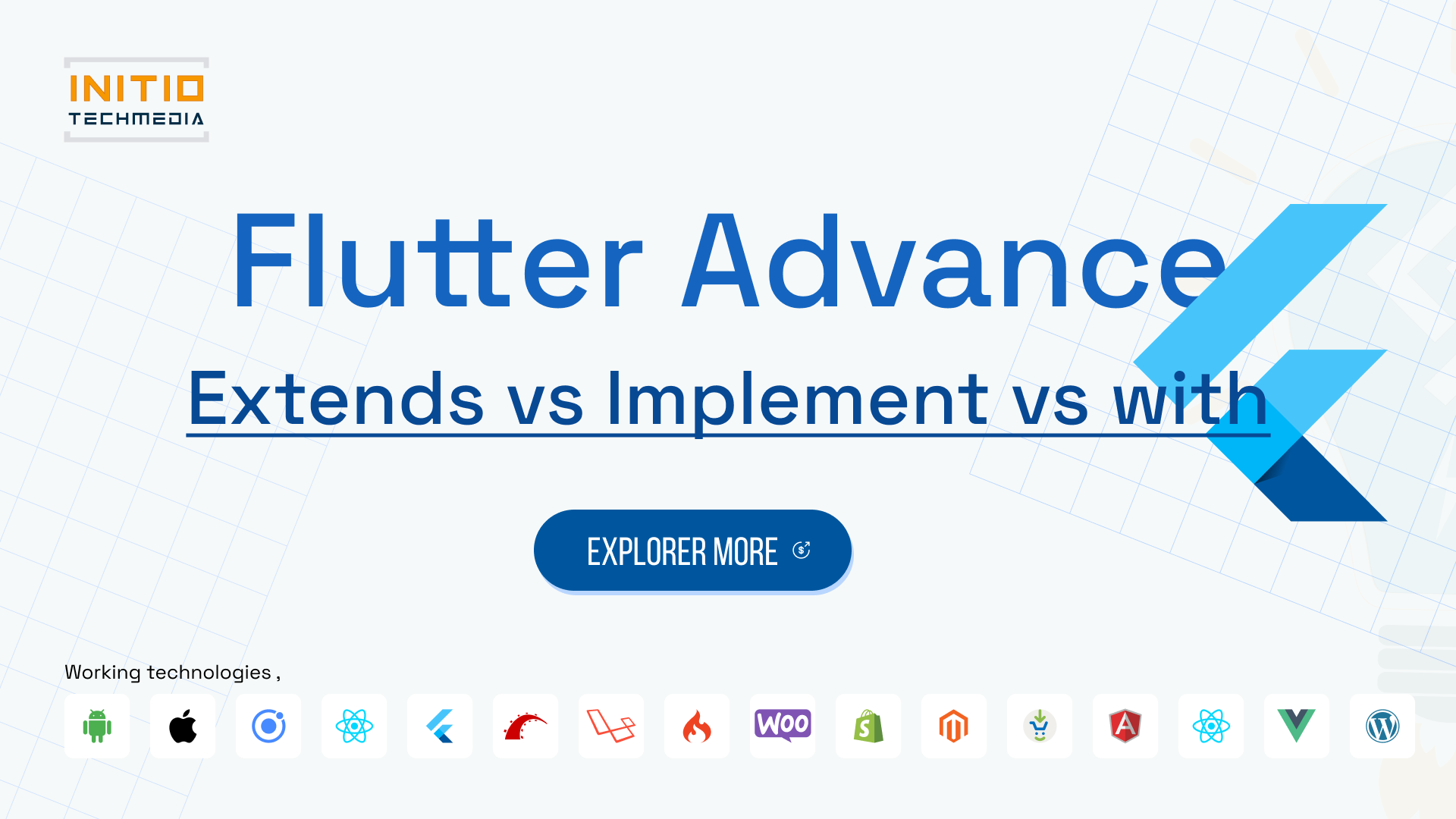Flutter 2.0 vs Flutter 3.0: What’s New and What’s Improved?
 Initiotechmedia
Initiotechmedia
A Comprehensive Comparison of the Latest Flutter Versions, including New Features, Improvements, and Platform SupportFlutter is a popular open-source framework for building high-performance, cross-platform mobile applications. With its extensive library of widgets, fast development cycles, and hot reload feature, Flutter has become the go-to choice for many developers. Recently, Google released Flutter 3.0, the latest version of the framework, with many new features and improvements. In this blog, we will compare Flutter 2.0 and Flutter 3.0 and highlight the key differences between the two.
- Flutter Engine Update
One of the most significant changes in Flutter 3.0 is the updated Flutter engine, which is the core of the framework. The updated engine includes many new features and improvements, such as a more efficient rendering pipeline, better support for desktop platforms, and improved performance on iOS.
2. Flutter Desktop Support
Flutter 3.0 introduces better support for desktop platforms, including Windows, macOS, and Linux. This means that developers can now build high-performance, cross-platform desktop applications using Flutter, which was not possible before. The desktop support in Flutter 3.0 is still in beta, but it shows a lot of promise for the future of Flutter.
3. Null Safety
Flutter 2.0 introduced null safety, a new feature that helps developers avoid null reference errors. Null safety is a powerful feature that allows developers to write safer, more reliable code, and it has been further improved in Flutter 3.0. With null safety, developers can write code that is more efficient, easier to read, and less prone to errors.
4. New Widgets and Improvements
Flutter 3.0 includes many new widgets and improvements to existing ones. For example, the new Table widget allows developers to build tables more easily, and the new Navigator 2.0 API makes it easier to navigate between screens in an application. Additionally, many widgets have been improved in Flutter 3.0, such as the Slider and RangeSlider widgets, which have been updated to be more user-friendly.
5. Web Support Improvements
Flutter 3.0 includes many improvements to web support, making it easier to build high-performance, cross-platform web applications. With improved web support, developers can create web applications that are more responsive, faster, and more accessible than ever before.
Conclusion:
Flutter 3.0 brings many new features and improvements to the framework, including an updated Flutter engine, better support for desktop platforms, improved null safety, new widgets and improvements to existing ones, and improved web support. While Flutter 2.0 was already an excellent choice for cross-platform mobile application development, Flutter 3.0 takes it to the next level by offering better performance, more features, and broader platform support. As a result, developers can create even better applications with Flutter 3.0, and we can expect to see even more exciting developments from this framework in the future.
A little about myself:
I am software developer with a passion for creating high-quality applications. I am expert in a variety of programming languages and platforms and am known for delivering solutions that meet the needs of my clients. If you’re looking for a reliable and dedicated developer, Siddharth Makadiya is the right choice for you.
Are you looking for Mobile Developer
Subscribe to my newsletter
Read articles from Initiotechmedia directly inside your inbox. Subscribe to the newsletter, and don't miss out.
Written by
